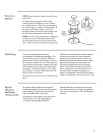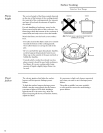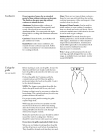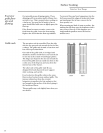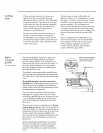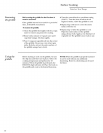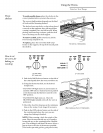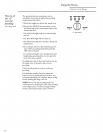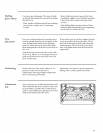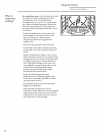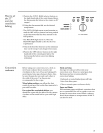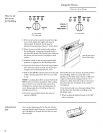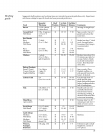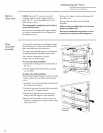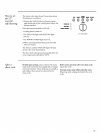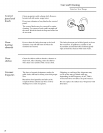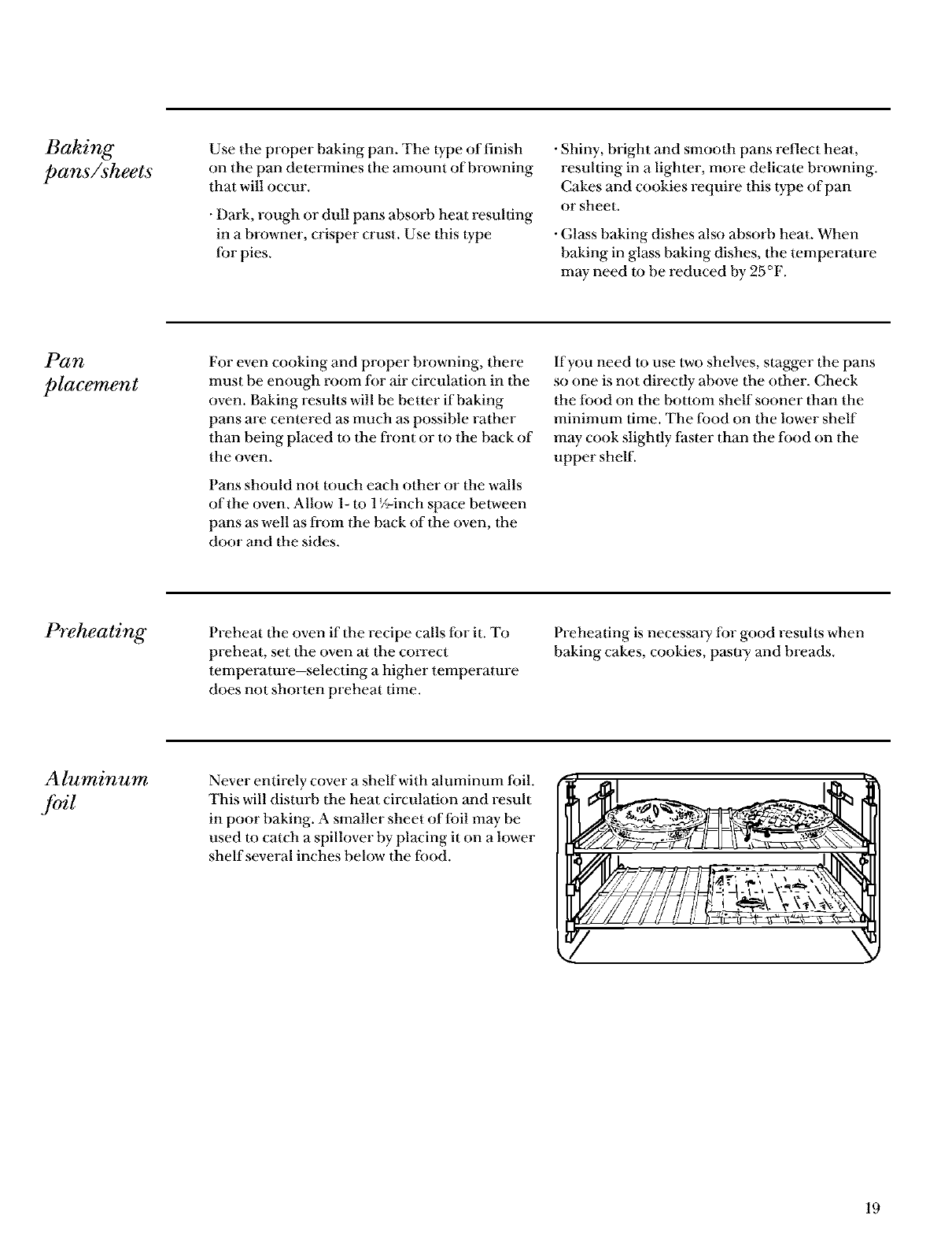
Baking
pans/sheets
Use the proper baking pan. The 1ype of finish
on the pan delermines the amount of browning
that will occur.
•Dark, rough or dull pans absorb heat resulting
in a browner, crisper crust. Use this type
for pies.
•Shiny, bright and smooth pans reflect heat,
resulting in a lighter, more delicate browning.
Cakes and cookies require this type of pan
or sheet.
•Glass baking dishes also absorb heat. When
baking in glass baking dishes, dae temperature
may- need to be reduced by 25°F.
Pan
placement
For even cooking and proper browning, there
must be enough room for air circulation in the
oven. Baking results will be be tter if baking
pans are centered as much as possible rather
than being placed to the fi'ont or to the back of
the oven.
Pans should not touch each olher or the walls
of the oven. Allow 1- to 1%-inch space between
pans as well as from the back of the oven, the
door and the sides.
If you need I{)use two shelves, stagger flae pans
so one is not directly above the other. Check
1he food on 1he bouom shelf sooner Ihan the
minimum time. The food on the lower shelf
may cook slightly faster than the food on the
upper shelf.
Preheating Preheat flae oven if 1he recipe calls for it. To
preheat, set d,e oven at the correct
temperature--selecting a higher temperature
does not shorten preheat time.
Preheating is necessm T for good results when
baking cakes, cookies, pasu T and breads.
Aluminum
foil
Never entirely cover a shelf with aluminum foil.
This will disturb the heat circulation and result
in poor baking. A smaller sheet of foil may be
used to catch a spillover by placing it on a lower
shelf several inches below the food.
19



